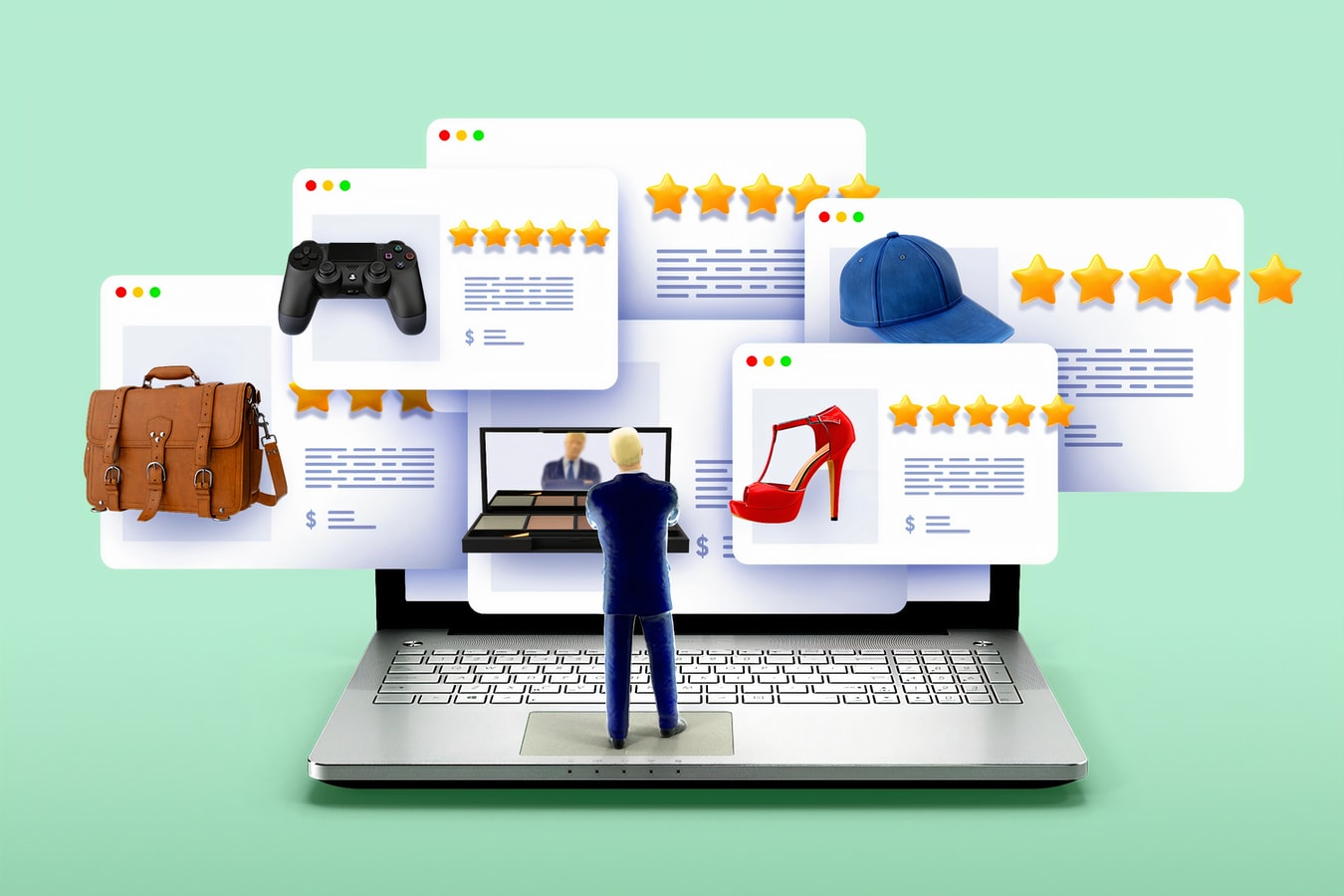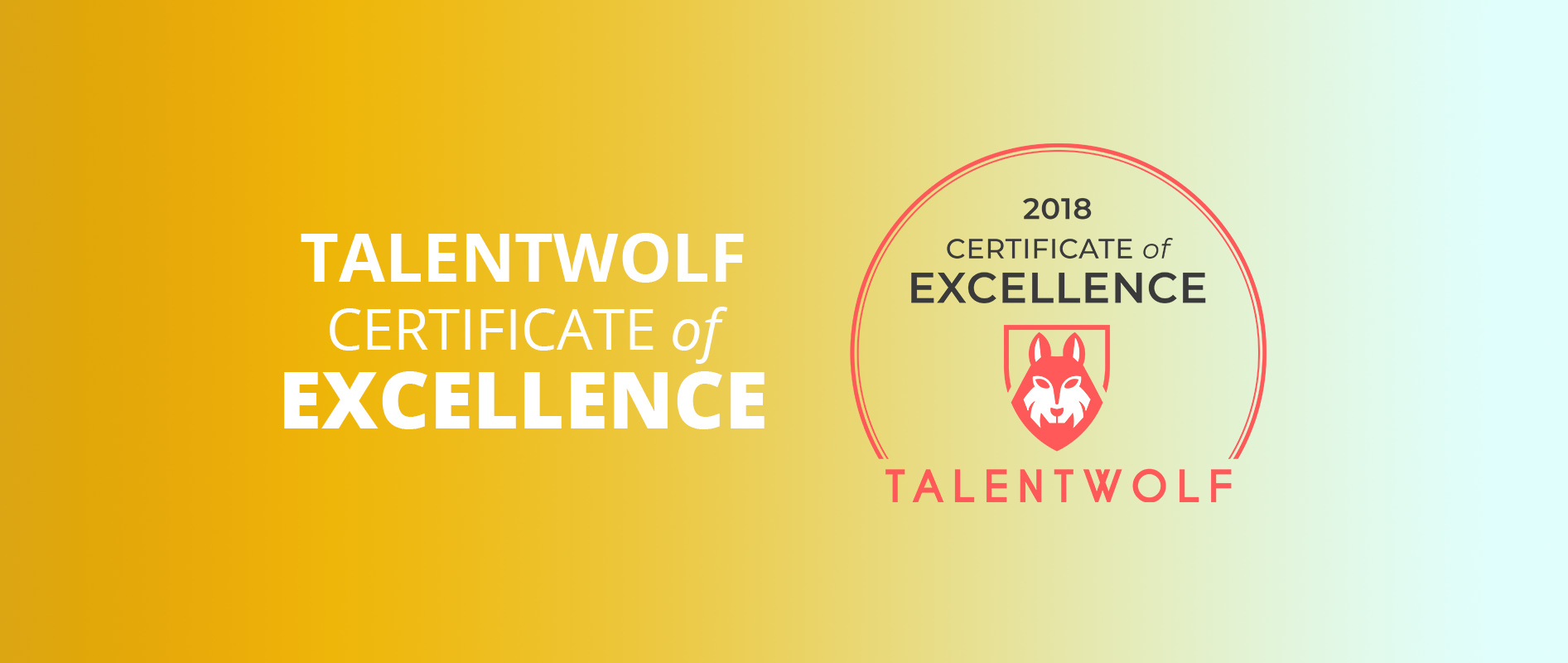There is no doubt that your life has been turned upside down and thrown into situations no one could have predicted just 6 months ago. We wanted to see just how many people and businesses are in the same boat as you and what the road back to normality will look like.
people2people recently published the results of a survey that we conducted earlier in the year when the COVID-19 pandemic hit the Australian economy. The aim of this Snap Survey was to tangibly see the effects that the downturn had on both companies and career seekers and their approach to their business structures and careers. We reached out to Australian Managers who represented 160,000 employees as well as 300 career seekers to collate the results spanning industries including Health, IT, Legal, Accounting, Supply Chain, and other professional services.
Initial feedback showed that the uncertainty in the global situation was creating angst and unrest in the market. However, on the flip side, there were also many businesses remaining positive and future-focused on what the return to normal will look like and how they will emerge out the other side.
From the survey, 3 trends became evident:
#1: 92% of Businesses switched to a working from home structure
In line with new government regulations, a staggering 92% of businesses adopted a working from home/ remote work structure. This is a significant shift from how the majority of companies traditionally held their business dealings and operated in their markets. Such a large disruption in workflow had several knock-on effects on staff productivity and revenue stream.
Most companies were not prepared for an instant shift to remote working and with countless people needing computers, screens, office chairs, and stationery, businesses were caught off guard and ill-equipped. In the last weeks of coming into the office before the lockdown hit full steam, it was a common sightseeing people taking screens and even chairs onto the train to establish their home office. With many companies still operating with a working-from-home structure it will be a slow shift back into on-site work for many people.
#2: 59% of Businesses continued to operate with a skeleton staff
There were many industries that simply could not operate with all staff working remotely. Many chose to continue with a small number of employees working on site when restrictions would allow. These teams were essential for ongoing business processes and allowed for the remainder of the staff to work remotely.
#3: 51% of businesses made tough decisions which directly affected their workforce
Everyone has either been affected or knows someone who has been impacted by companies’ decisions to adjust their workforce to reflect the change in workflow and revenue during the downturn. Not only were businesses reacting to an economic downturn but also the health implications of the Virus and its effects on people’s health. Each company handled the situation to varying degrees depending on the impact they felt from the downturn.
49% kept their workforce untouched, adopting social distancing and remote working structures to see out the downturn. This was the ideal situation for employees however there were more drastic measures that other had to implement.
20% asked their workforce to take paid or unpaid leave during a quieter time in order to reduce overheads and limit any further action needing to be taken.
19% imposed a decrease to the weekly working hours of staff which directly impacted the salary packages of employees. This sacrifice allowed many businesses to retain as many critical members as possible to ride out the pandemic and return to normal trade.
Sadly 12% of businesses made redundancies across their teams for positions that were not viable to maintain during the time of reduced revenue and workflow. This significantly impacted employee wellbeing and forced many into the job seeker market seemingly with no notice.
With all these changes to the working lives of people across Australia, it has forced them to adapt and make the most of the situation they have been dealing with. The knock-on effect will mean a large number of candidates will be vying for a limited number of available positions. However, many industries are waiting for the increased workload to expand their workforce and take on top talent to build and grow their business into the future.
In the coming months, it will be a great time for people to upskill and focus on the next stage in their careers as we come out of this pandemic. Through adversity, a stronger workforce will emerge. Many companies are remaining future-focused and ready to adopt new business practices and flexibility which will only benefit employees in the future. There is no doubt these are diverse and trying times but it can provide great opportunities for personal and professional growth.




